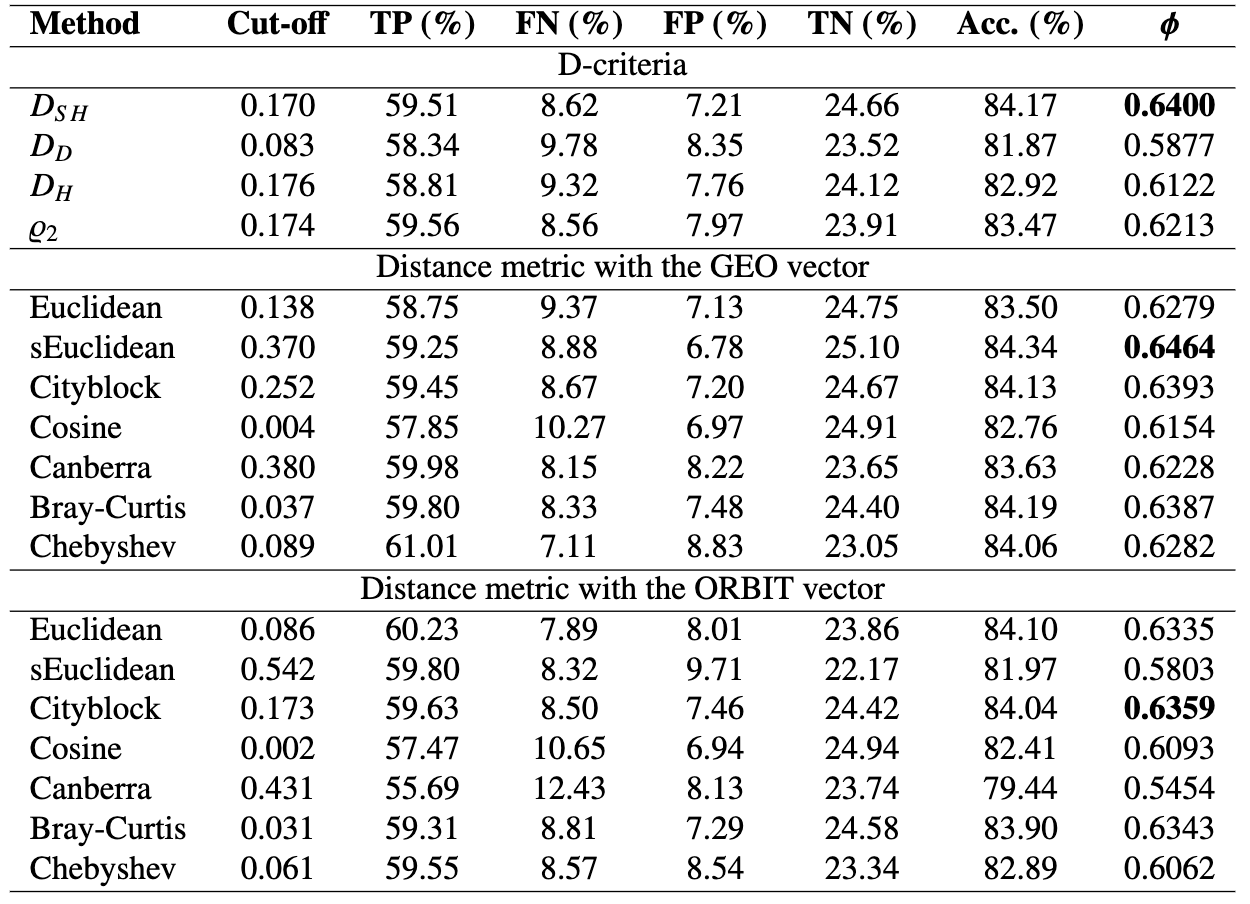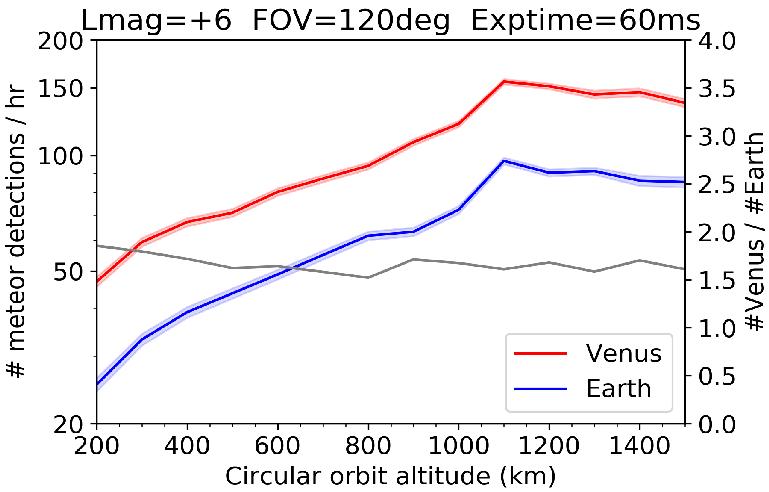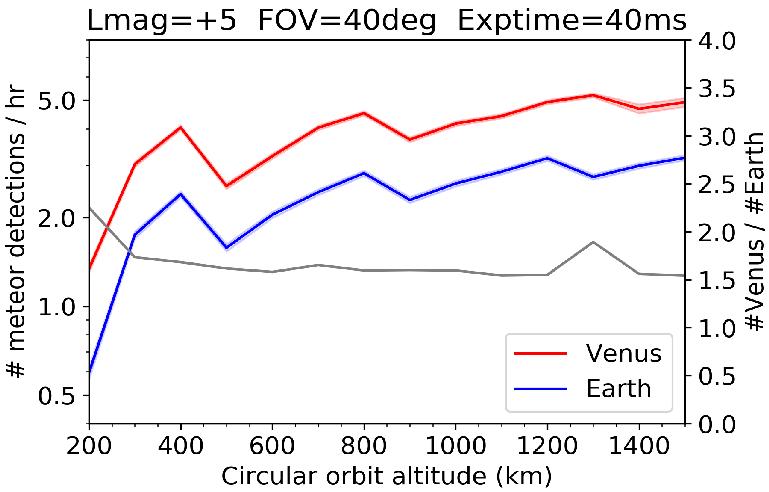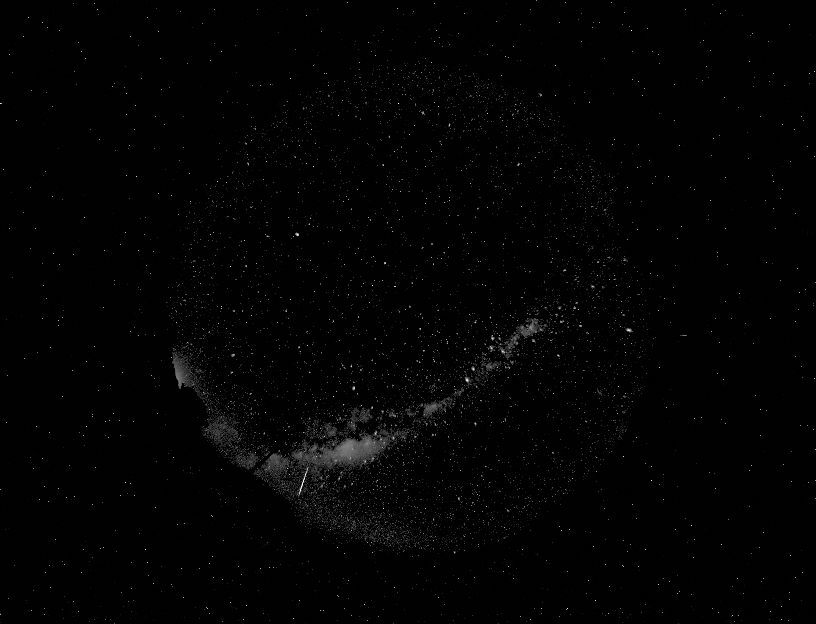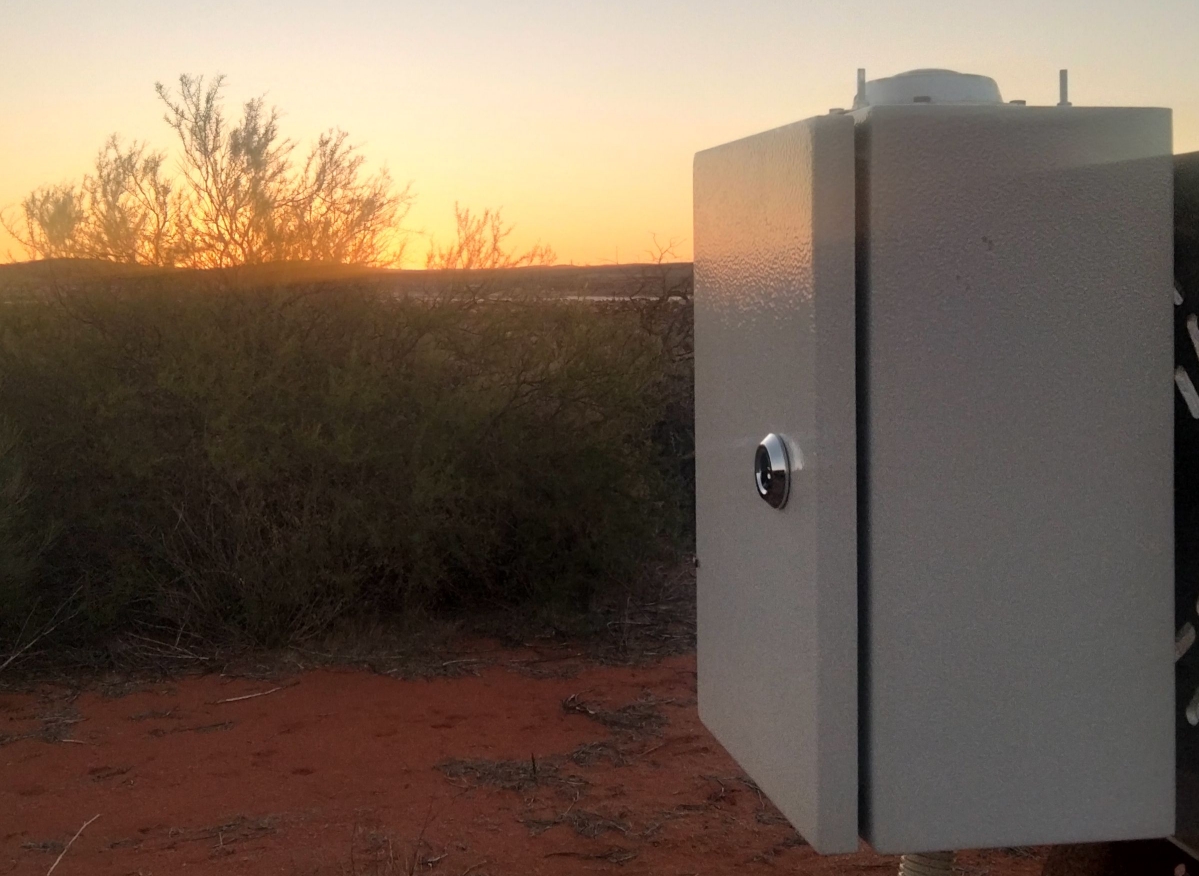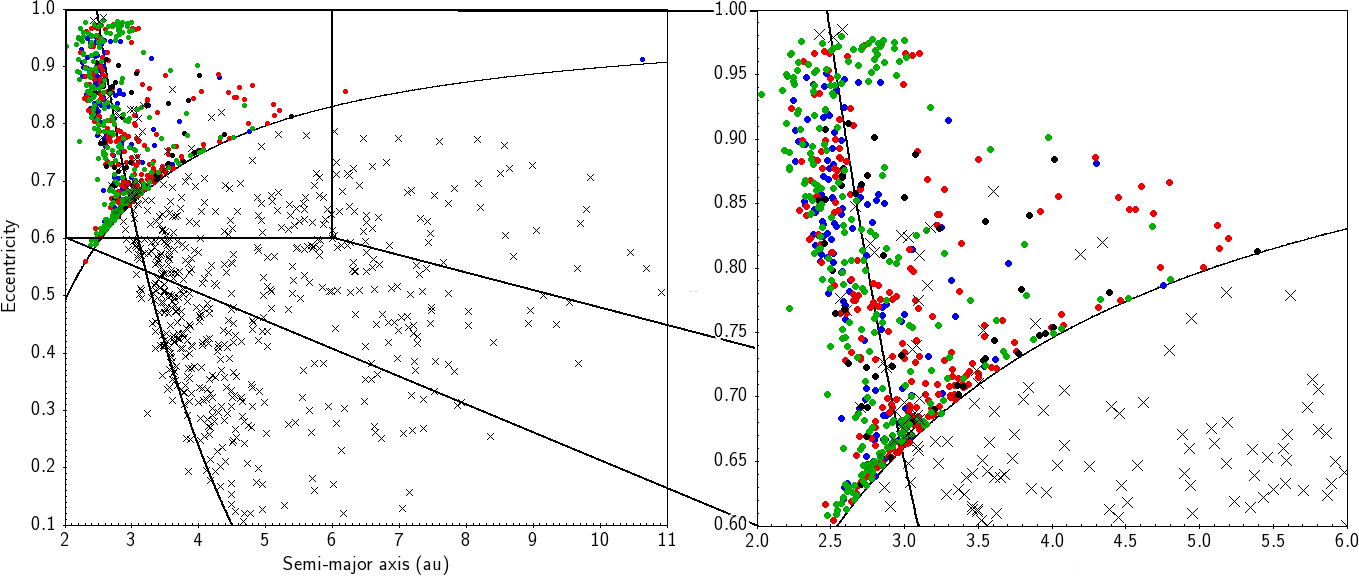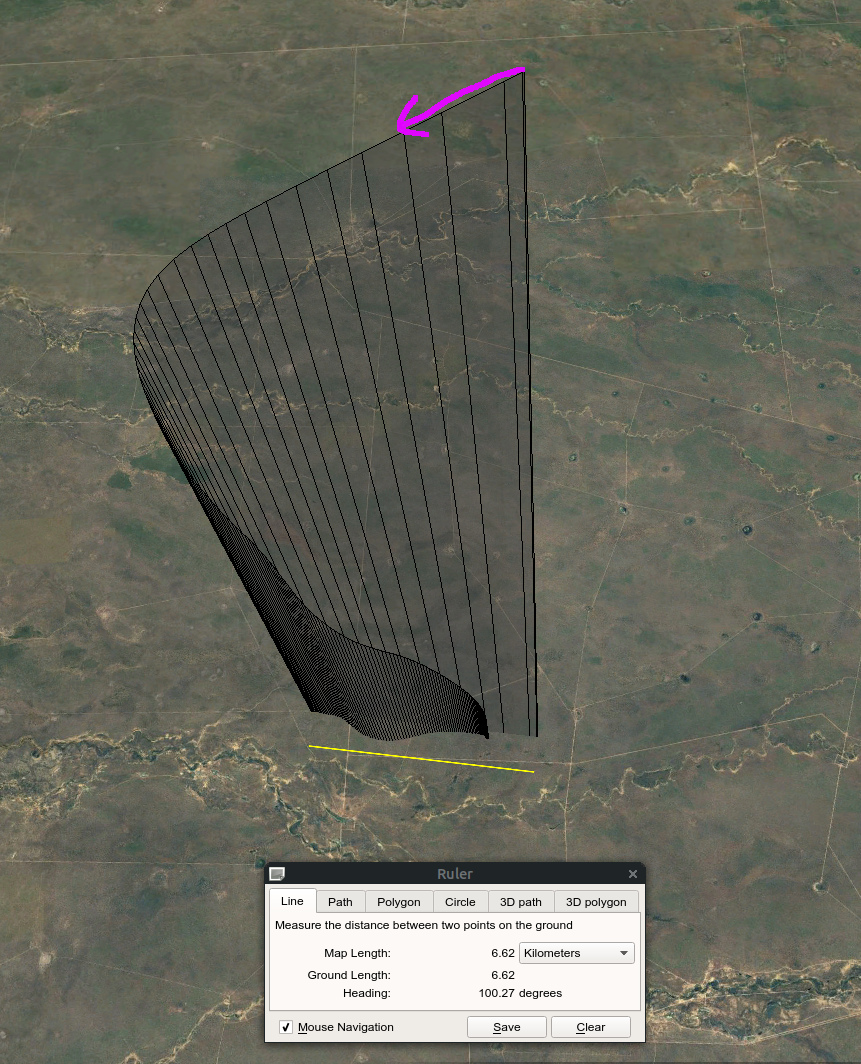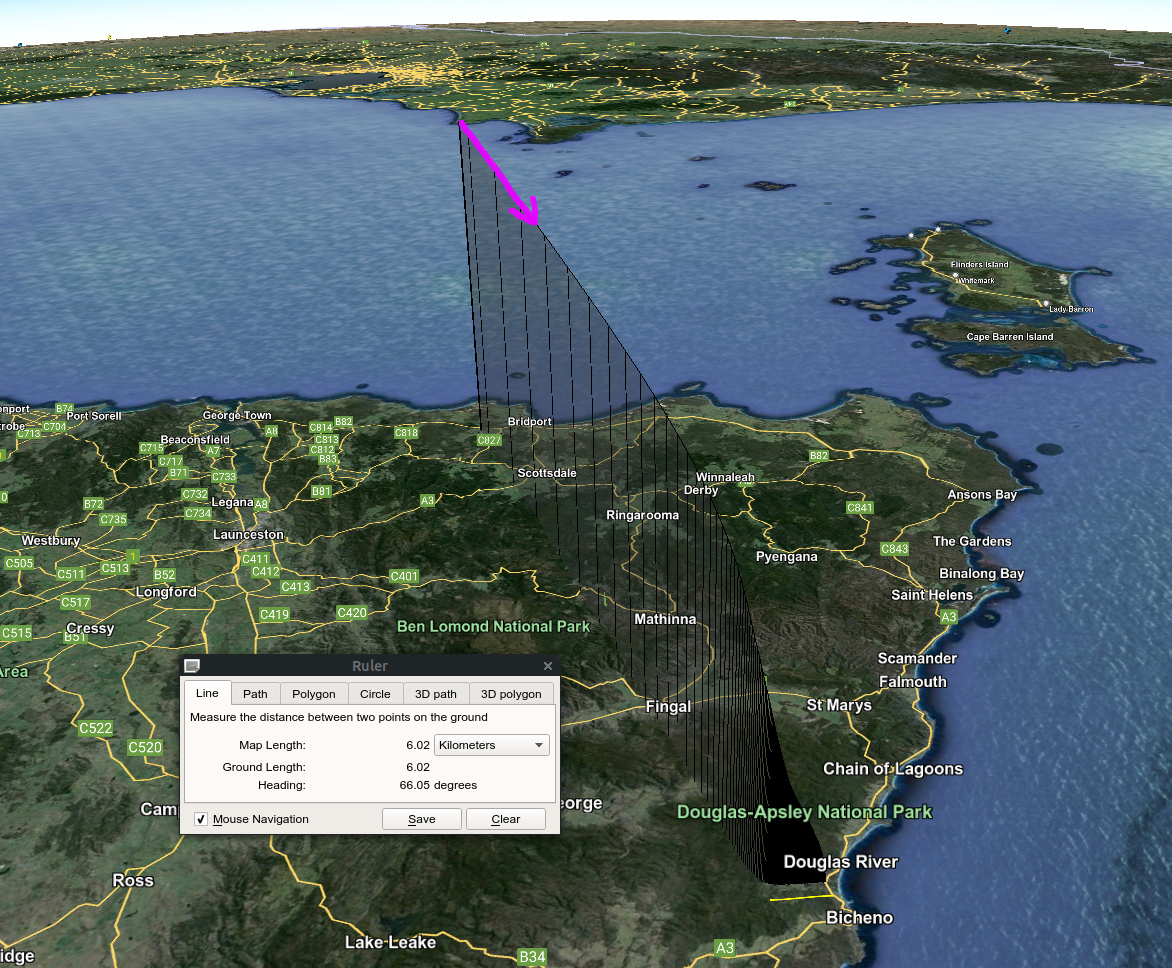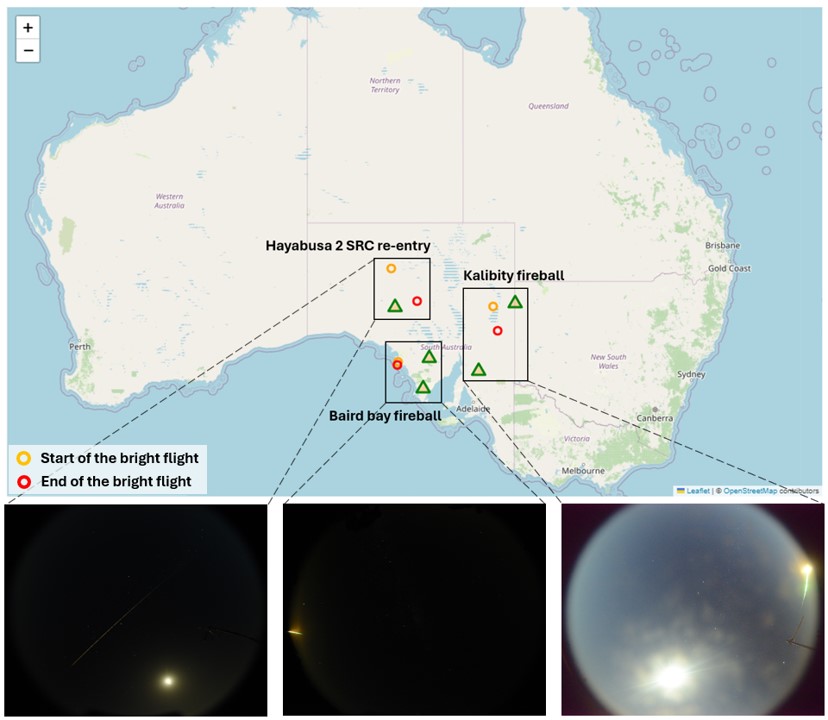SB1
Observing and modelling meteors in planetary atmospheres
Co-organized by TP/ODAA
The rapid advancement of observational and modeling techniques has elevated meteor science to one of the primary avenues for investigating the nature and origin of interplanetary matter and its parent bodies. This session aims to serve as a platform for presenting fundamental results and innovative concepts in this field, while also informing the broader planetary science community about the interdisciplinary impact of ongoing and future research efforts.
Session assets
14:30–14:45
|
EPSC2024-146
|
solicited
|
Virtual presentation
14:45–14:55
|
EPSC2024-95
|
ECP
|
On-site presentation
14:55–15:05
|
EPSC2024-736
|
ECP
|
On-site presentation
15:05–15:10
Q&A panel 1
15:10–15:20
|
EPSC2024-204
|
Virtual presentation
15:20–15:30
|
EPSC2024-626
|
ECP
|
On-site presentation
15:40–15:55
|
EPSC2024-838
|
solicited
|
On-site presentation
15:55–16:00
Q&A panel 2
Coffee break
Chairpersons: Maria Gritsevich, Hervé Lamy, Eloy Peña-Asensio
16:30–16:45
|
EPSC2024-928
|
solicited
|
On-site presentation
16:45–16:55
|
EPSC2024-602
|
Virtual presentation
16:55–17:05
|
EPSC2024-449
|
ECP
|
On-site presentation
17:05–17:15
|
EPSC2024-865
|
ECP
|
On-site presentation
17:15–17:25
Q&A panel 3
17:25–17:35
|
EPSC2024-338
|
ECP
|
On-site presentation
17:45–17:55
|
EPSC2024-987
|
ECP
|
On-site presentation
17:55–18:00
Q&A panel 4
P25
|
EPSC2024-607
|
Virtual presentation
P26
|
EPSC2024-810
|
On-site presentation
P27
|
EPSC2024-846
|
ECP
|
On-site presentation
P28
|
EPSC2024-681
|
On-site presentation
P29
|
EPSC2024-943
|
On-site presentation
P30
|
EPSC2024-806
|
On-site presentation
